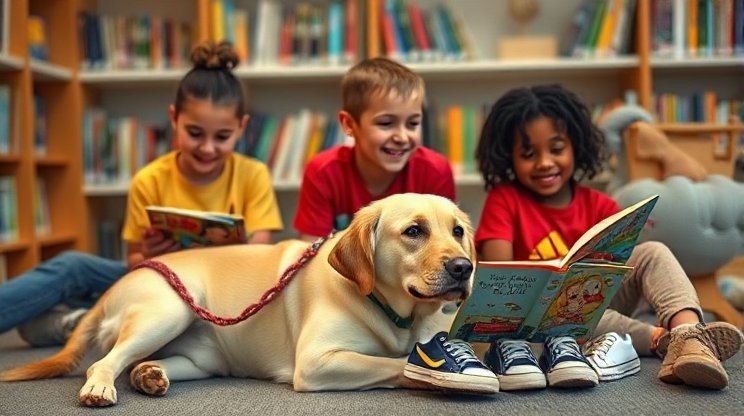Everything You Need to Know About Therapy Animal Certification
Have you ever watched your pet comfort someone during a difficult time and thought, ‘They’d make an amazing therapy animal’? At Pet Training, we’ve helped countless pet owners navigate the therapy animal certification process, and we’re here to guide you through every step.

Why Consider Therapy Animal Certification?
Therapy animals bring immeasurable comfort to people in hospitals, nursing homes, schools, and other facilities. Unlike service animals, therapy animals are trained to provide affection and comfort to many people in institutional settings. I’ll never forget the first time my golden retriever, Bailey, instinctively comforted a crying child at the park – that moment changed our lives forever.
The benefits are twofold: you get to share your pet’s love with those who need it most, while your pet enjoys new experiences and extra attention (their favorite thing!).

Is Your Pet Right for Therapy Work?
Not every pet is cut out for therapy work, and that’s okay! At Pet Training, we recommend evaluating these key traits:
- Calm temperament in unfamiliar environments
- Comfort with strangers and unusual noises
- Basic obedience skills (sit, stay, come)
- Good health and up-to-date vaccinations
Remember, size doesn’t matter – we’ve seen everything from Great Danes to guinea pigs make wonderful therapy animals!
The Certification Process Demystified
Therapy animal certification typically involves three main components:

- Basic obedience training: Your pet should master basic commands and have excellent leash manners.
- Temperament evaluation: Organizations will assess how your pet reacts to unexpected situations.
- Handler training: You’ll learn how to read both your pet’s signals and the clients’ needs.
Most programs require annual re-certification and health checks to ensure ongoing suitability.
Making a Difference Together
Once certified, the opportunities to serve are endless. From hospital visits to disaster relief situations, your therapy animal can bring light to dark situations. At Pet Training, we particularly love the ‘read to dogs’ programs that help children gain confidence in reading.

One of our members, Sarah, shares: ‘When my corgi, Winston, visits the memory care unit, residents who haven’t spoken in months will suddenly share stories about pets they loved. It’s magical.’
Getting Started on Your Journey
Ready to begin? Here’s your action plan:
- Research reputable certification organizations in your area
- Begin reinforcing basic training at home
- Gradually expose your pet to new environments
- Connect with experienced therapy animal handlers for advice
Remember, at Pet Training, we’re always here to help with training resources and community support. Your pet’s ability to comfort others might just be their most impressive trick yet!
Key terms: Therapy Animal Certification Guide, therapy animal certification, certify pet as therapy animal, therapy animal requirements, therapy animal benefits
